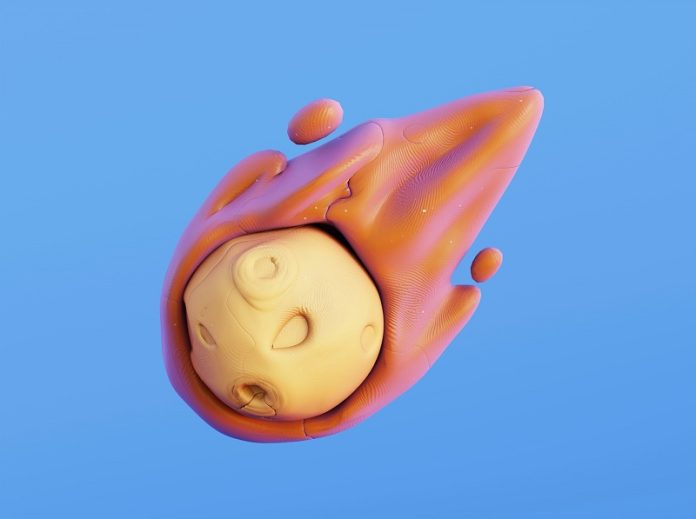
A surprising discovery by Dutch scientists could offer new clues about how life began on Earth.
Researchers from the University of Amsterdam and Utrecht University found that a molecule commonly found on meteorites can change the structure of clay in a way that might have helped spark early life.
The molecule in question is gamma-aminobutyric acid, or GABA. While GABA is well-known today for its role in the nervous systems of animals, it has no known function in the formation of proteins or other key biological structures.
That’s why scientists didn’t expect it to play any role in life’s early chemistry.
But its presence in meteorites—and now, its interaction with Earth minerals—suggests it may have had a hidden importance.
The team exposed a type of common clay called montmorillonite to different concentrations of GABA.
Using powerful imaging techniques like infrared spectroscopy, X-ray crystallography, and electron microscopy, they discovered something unexpected: GABA caused the clay’s internal layers to partially peel apart in a process known as exfoliation. This created nanoscale cavities—tiny compartments inside the clay.
This is significant because many scientists believe that the earliest building blocks of life needed small, enclosed spaces to form and interact.
In the 19th century, Charles Darwin famously proposed the idea of a “warm little pond” where early molecules might have come together to form life.
These newly discovered nanocavities could have acted like miniature versions of such ponds—providing sheltered environments where important chemical reactions could occur.
Orr Rose Bezaly, a Ph.D. candidate involved in the research, explained that these nanocompartments can create small areas with different chemical conditions than their surroundings.
This could have allowed certain reactions to happen more easily—especially those that need less water, like the formation of long-chain molecules such as proteins or RNA.
Announcing their findings in Communications Earth & Environment, the researchers noted that this kind of exfoliation has been studied in materials science but hasn’t previously been considered in the search for life’s origins.
The process they observed—starting deep in the clay and spreading outward—offers a new way of thinking about how early Earth materials could have helped organize and concentrate life-forming chemistry.
Lead researcher Annemieke Petrignani says the study opens up exciting new questions. If a simple molecule from a meteorite can reshape Earth minerals in this way, what other roles might extraterrestrial materials have played in setting the stage for life?
Beyond its importance for origin-of-life studies, the team believes this exfoliation process could also be used in the development of sustainable materials in other fields.
Their work highlights how small molecules from space might have played a big part in Earth’s most important story: the beginning of life.
Source: University of Amsterdam.



